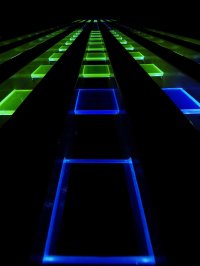Sony Electronics announces the release of two new additions to the Alpha 7C series of compact full-frame interchangeable lens cameras, the Alpha 7C II (model ILCE- 7CM2) and Alpha 7C R (model ILCE-7CR). The Alpha 7C II is equipped with a full-frame image sensor with approximately 33.0 effective megapixels and features the latest still image and video functions and performance in a compact and lightweight design (approximately 4.88 in wide x 2.8 in high x 2.5 in deep and weighs approximately 18.1 oz.) It is the second-generation version of the Alpha7 C, which is celebrated for its combination of performance and features in a compact size, perfect for a wide range of shooting scenarios such as travel and street photography.
See full article...
See full article...


